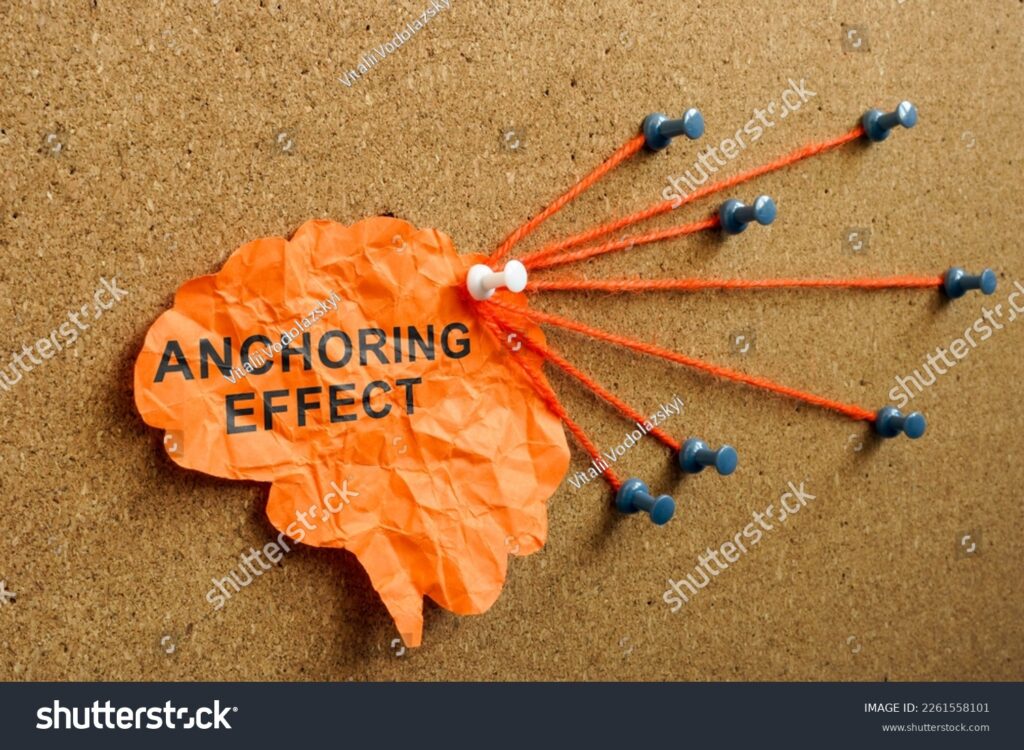Everyday millions of people around the world shop online thinking they are making rational decisions but in reality are those decisions really unbiased? Actually, many studies have been done about the influence of cognitive bias in purchase decisions. In simple terms, it is a systematic pattern in thinking that affects how we perceive others, process Information and make decisions based on our perception, memories, or individual and societal beliefs*. Understanding these mental shortcuts is crucial for digital marketers in order for them to exercise that unconscious influence that will guide the user ethically and effectively in their decision journey.

One of the most common cognitive bias in purchase decision is called anchoring. This happens when people rely heavily on the first piece of information that is presented to them. For example, if an article is priced at 100$ in a store and then discounts it to 60$ the first price will play a role of “anchor” in the customers head and will be used as a benchmark subconsciously. At that moment the customer will vue the new price as more valuable because of its comparaison to the anchor. The same concept can be applied in fundraisers for example. If the fundraiser starts the bid at 5000$ the person who was willing to give 2500 will suddenly feel like they are on the cheap side of donors and the one who was willing to give 6 000$ will feels like he’s donating a normal amount. It is a question of perspective that’s why anchoring is a widely used cognitive bias in purchase decisions.

In addition to anchoring there is another powerful bias called social proof. We can observe this phenomenon happen when someone is taking into account the actions, opinions and behaviour of people in order to make a decision especially when they are not certain about it. This cognitive bias will influence purchase decision in a very specific way. Let’s say someone is looking to buy a new phone online but they are not too sure about which one exactly. At that moment this customer will take into account many variables like what are the reviews about the product, what type of people buy this product, what is the social image that it will reflect and many more. Digital marketers will take advantage of that social influence by placing labels saying “best seller” for example or even things like “70 people viewing this article right now” which will multiply their chances of getting a new client using the influence of a cognitive bias in purchase decisions.
One thing to understand here is that digital marketer don’t use cognitive biases to manipulate the client but rather to make their decision process simpler and clearer. Their first goal is to build trust with the customer in order for him to feel comfortable and satisfied when making his purchases. Therefore, the more marketers master the use of cognitive bias in purchase decisions the more customers will make guided decision that resonates with them.